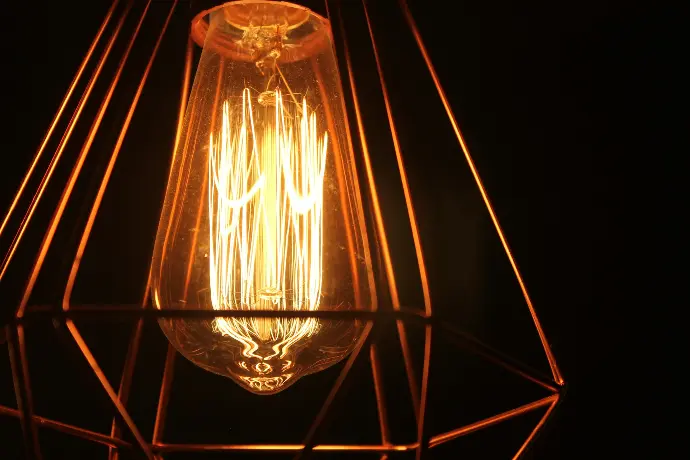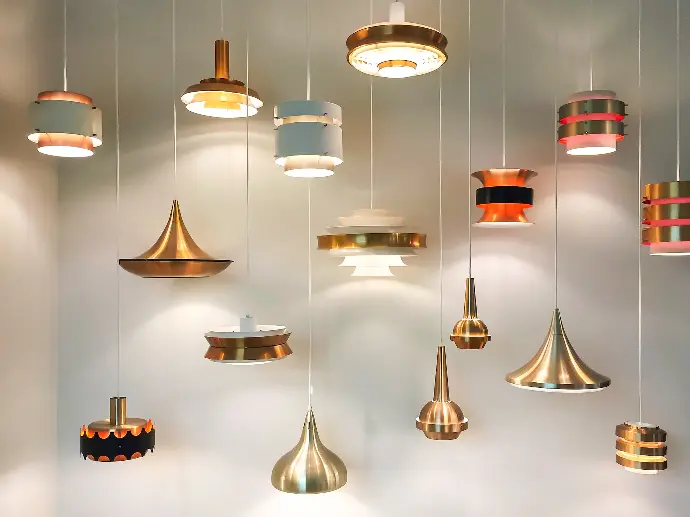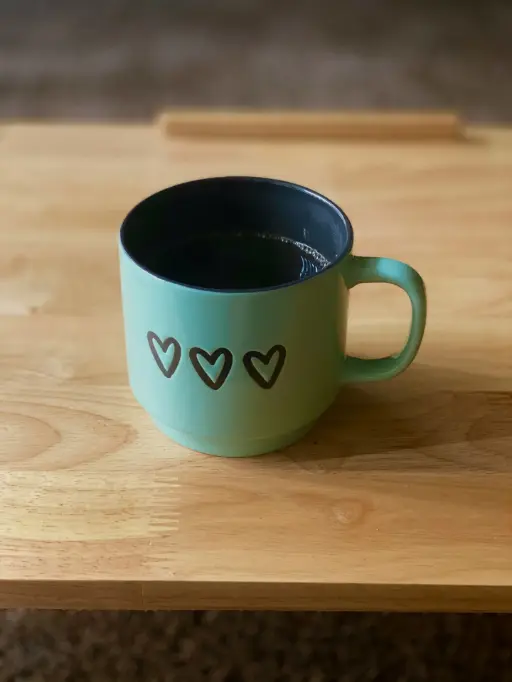Aquarium lighting is a specialized market that requires a unique combination of aesthetics, functionality and science. For importers considering diving into this niche, there are several important factors to consider. From the production centers to the specific legislations, in this blog we explore the key aspects that importers should consider when importing aquarium lighting.
Aquarium lighting production centers
Aquarium lighting is produced worldwide, but some of the largest and most advanced production facilities are in Asia, mainly in China and Taiwan. These regions are known for their advanced technology and ability to produce high-quality lighting products at a relatively lower cost. This offers importers the opportunity to obtain high-quality products that meet both technical and aesthetic requirements of aquarium enthusiasts.
Aquarium lighting production is concentrated in a few key clusters worldwide, with an emphasis on regions known for their expertise in lighting technology and electronics. The most important clusters for aquarium lighting manufacturers are:
- China: China is one of the biggest players in aquarium lighting. The country is home to a significant number of manufacturers specializing in LED technology and other lighting solutions for aquariums. These manufacturers are known for their ability to produce high-quality products at competitive prices. Major manufacturing centers in China are located in regions such as Shenzhen, Guangzhou and Zhongshan.
- Taiwan: Taiwan is another important cluster, best known for its technological innovations in LED lighting. Taiwanese manufacturers often offer advanced aquarium lighting systems with a wide range of features, including adjustable spectrums and intensities.
Read more:

EMC and lighting: A crucial factor in the lighting industry
In this blog we explore the importance of EMC in the lighting industry, the challenges it poses and how manufacturers are adhering to EMC standards to ensure high-quality and safe products.
Important considerations for importers
- Quality and specifications:
Aquarium lighting varies greatly in intensity, color spectrum and lifespan. It is crucial to choose products that are specifically designed for aquarium use and that contribute to a healthy environment for aquatic flora and fauna. Chemical substances can be released when heated. - Technological innovations:
LED technology has transformed the aquarium lighting industry. Importers should be aware of the latest technologies, such as programmable light cycles and spectrum control, which are popular with aquarium hobbyists. - Safety standards and certification:
Aquarium lighting must meet certain safety standards. Make sure the products are certified and meet international safety standards such as CE, RoHS or EMC.
Legislation and environmental standards
Importing aquarium lighting requires knowledge of relevant legislation and environmental standards. This includes compliance with the RoHS directive which restricts the use of certain hazardous substances in electrical and electronic equipment. In addition, importers must be aware of EMC (Electromagnetic Compatibility) standards to ensure that lighting does not cause interference with other equipment.
Read more

RoHS compliance: Import lighting from China
In this article we explore the importance of RoHS in relation to importing lighting from China and how companies can ensure their products meet these essential standards.
Sustainability and energy efficiency
With an increasing focus on sustainability, it is important to choose aquarium lighting that is energy efficient and has a long lifespan. LED lighting is an excellent choice here, as it uses significantly less energy than traditional lighting methods and produces less heat, which is important for maintaining the correct water temperature in aquariums.
Conclusion
Importing aquarium lighting can be a lucrative business, provided the importers understand the market well and choose products that meet the high demands of end users. By focusing on quality, technological innovation and regulatory compliance, importers can build successful relationships in the world of aquarium enthusiasts.
Do you need help importing lighting from China?
Contact Westwood Sourcing for expert advice and guidance through every step of the import process.









